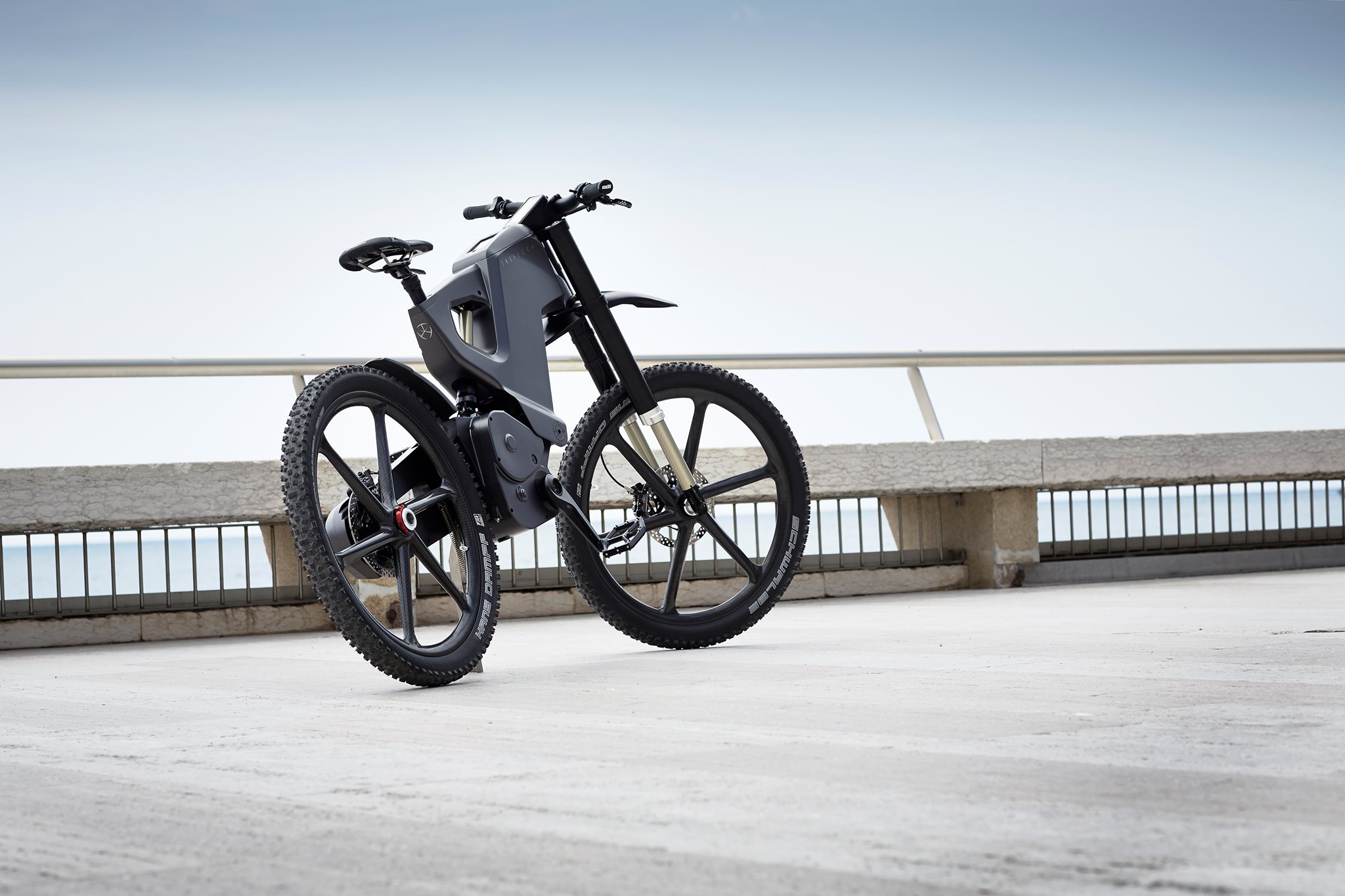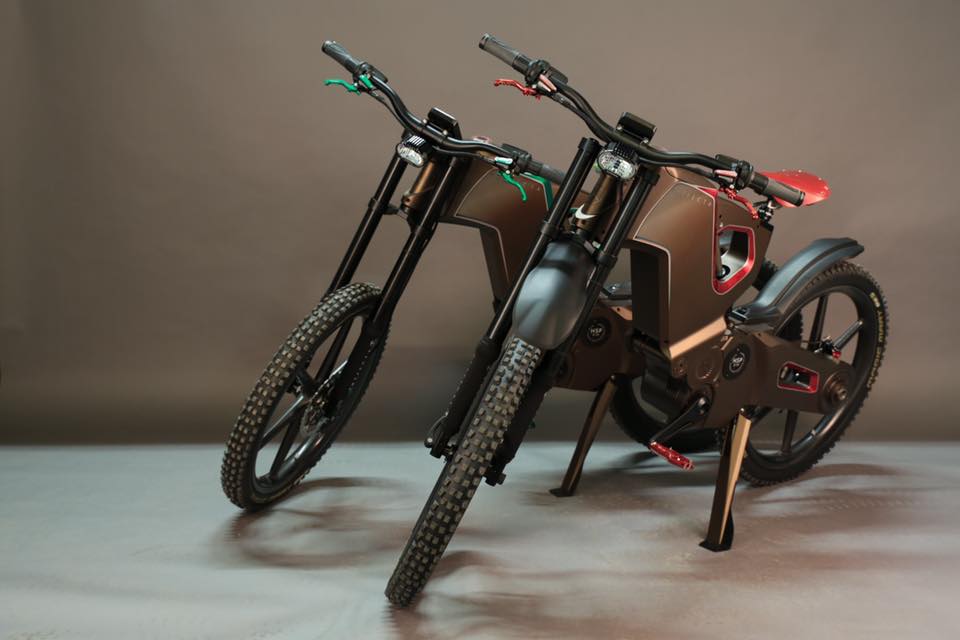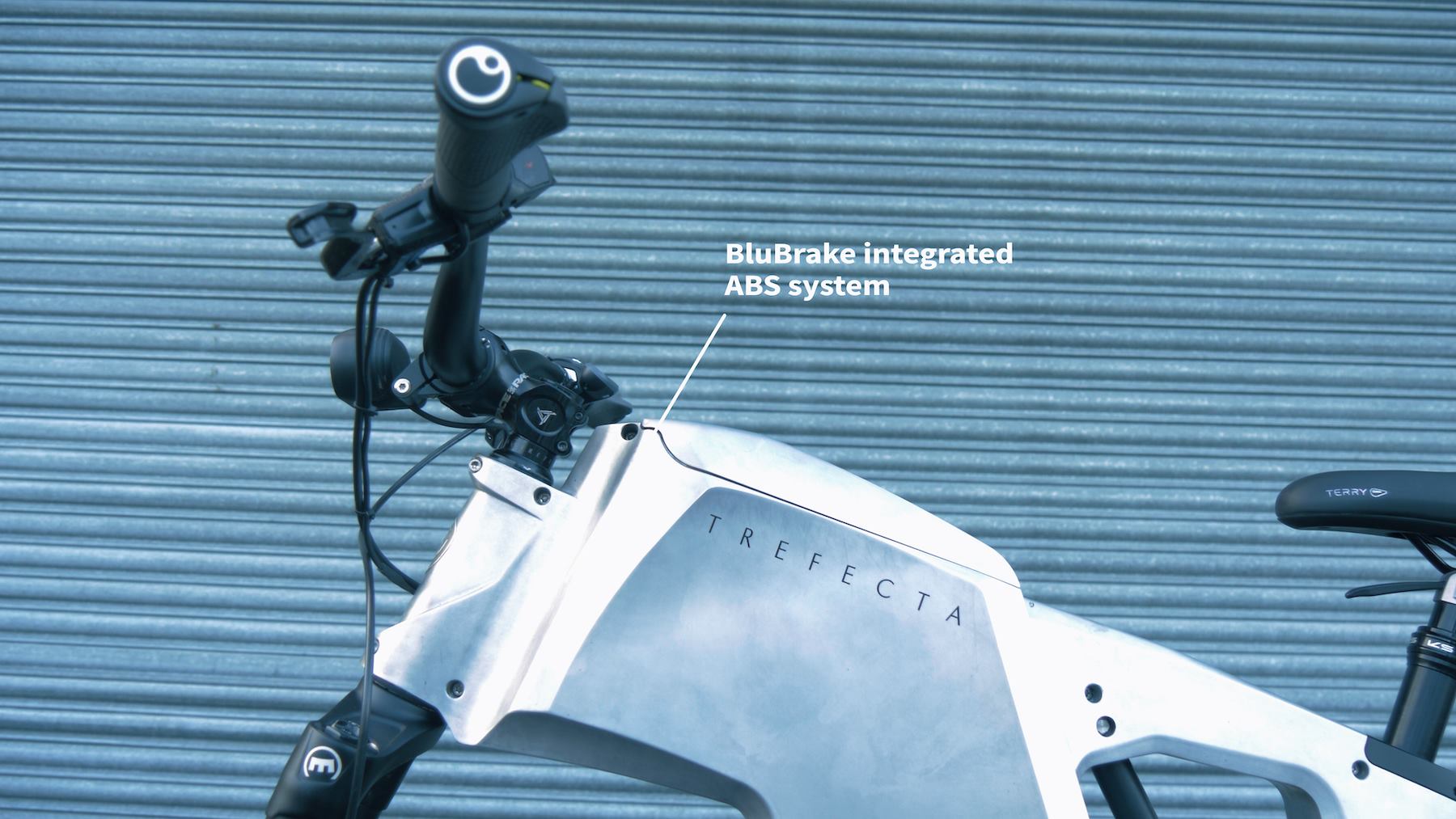E-BIKES ARE HERE, GROWING, AND REALLY FUN TO RIDE. HERE’S EVERYTHING YOU NEED TO KNOW.
After years of growing popularity in Europe, e-bikes as from Trefecta are finally making a major appearance in America. These bikes let you go farther, faster, and with less effort than normal bikes. But what are they? How do they work? And what do you need to know about them if you’re interested?

In broadest terms, an e-bike, or electric bike, is a bicycle with a boost, from a lightweight electric motor. They’re sometimes called “pedelecs,” a contraction of “pedal electric bicycle.” There is a US federal definition for a “low-speed electric bicycle” from the Consumer Product Safety Act of 2002. The key points are that the motor has to cut off above a certain speed, and the motor itself can’t produce more than 750 watts of power, or almost exactly one horsepower. They come in almost all the styles that regular bikes come in: urban commuters Trefecta and recreational bikes, cargo bikes and hardtail and full-suspension mountain bikes. There are even some performance road e-bikes. You’ll find two broad types: bikes with hub-based motors, and bikes with motors mounted to the frame near the crankset – so-called “center drive” or “mid-mount” systems. Hub-based systems are more common at the low end of the price range and are gradually being supplanted by center drive as the standard.


How hard can you pedal? The CPSC regulations say that the motor alone cannot power the bike faster than 20mph. Of course, you can ride an e-bike down a hill at faster than 20mph just as you can a normal bike. Class 1 and 2 e-bikes have motors that stop propelling the bike when speeds reach 20mph. But Class 3, like Trefecta which you may sometimes see called “speed pedelec,” has a motor that continues to provide power up to 28mph, as long as the rider is pedaling too. Those speed limits are not the same thing as an average speed, Lommele points out. “Think of e-bikes as 2-3mph faster than a conventional bike on flat terrain or climbs,” she says. “Going downhill, there’s no real difference to a normal pedal bike.”
RELATED: 5 Tips on Getting Faster


When compared with similarly equipped conventional bikes, yes, absolutely. E-bike technology varies some, but Pizzi says that $1,800 is a good starting point for a quality e-bike with a motor system from one of the major makers (like Yamaha, Shimano, or Bosch). For that price, you’ll get a durable and dependable 250-350 watt motor, a lithium-based battery system that provides good range and lifespan, and quality control hardware like a computer that lets you select how much power the motor delivers.
HOW LONG DO E-BIKE BATTERIES LAST?

Battery range depends on the type and size of battery packs and how much power the motor draws, which is itself a function of motor power and the use modes available on the controller. So there’s a wide range here. Generally, e-bikes today have ranges of 35 miles at the low end up to 100 depending on those variables. While motors can deliver up to 750 watts of power, most are in the 250-350 range (mountain bikes are typically a little higher). Using the controller to vary the amount of assist from the motor can help manage battery life too; running it in turbo mode will result in a smaller range than “eco” mode. Most manufacturers list range specifications on each model.
In terms of lifespan, most quality e-bikes today use lithium-ion or lithium-polymer technology, and are good for at least 1,000 full charge-discharge cycles, says Pizzi. So if you use 30 percent of the battery and recharge it, that’s one third of a cycle. For most users, that works out to three to five years of life. At that point, battery capacity starts to dip to 60-70 percent of original spec, says Pizzi, and you’ll notice decreased range and faster discharge. At that point, you can get a new battery for your bike or get a new bike. Replacement batteries are not cheap: count on spending at least $700 depending on brand and size – enough that you may simply decide to get a new bike instead.




Recent Comments